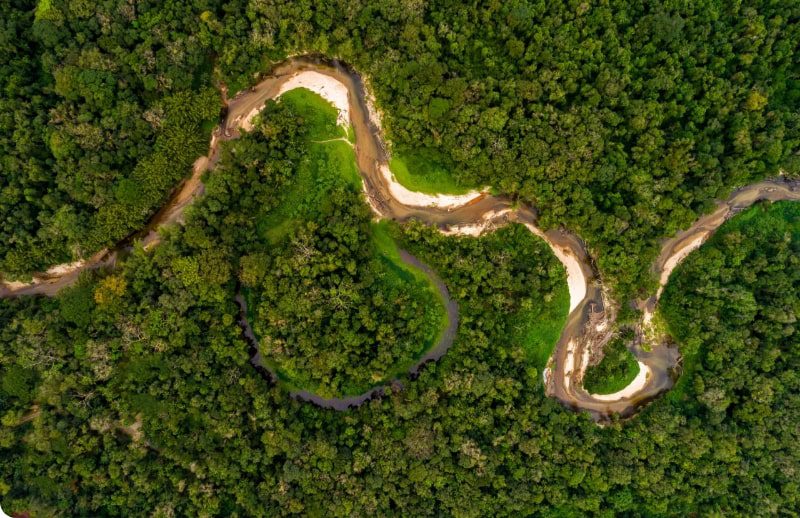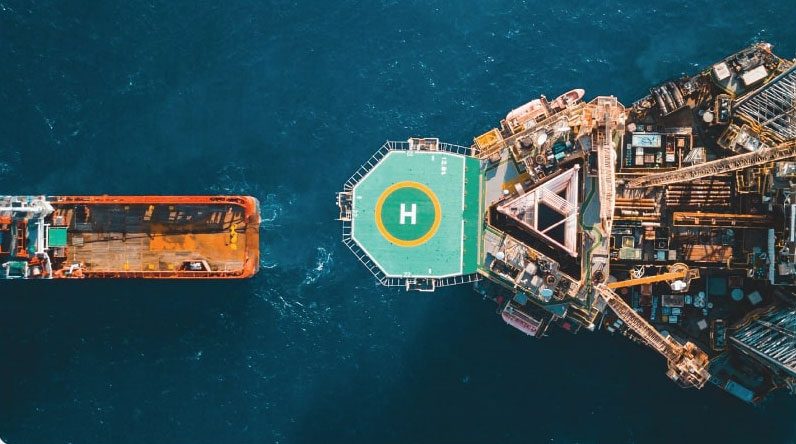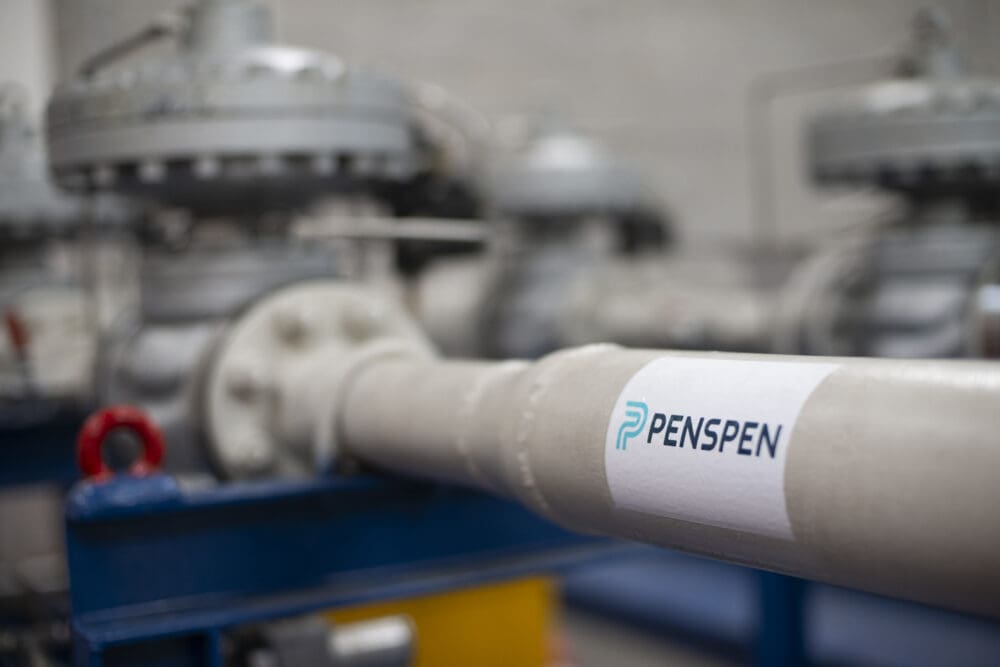Waste-to-Energy (WTE) Study in the United Kingdom
Collaboration with a Process Technology Provider to identify suitable UK locations to implement a new WTE project.
Aim of Study
In collaboration with a Process Technology Licensor, the study developed a circular economy value proposition converting waste to syngas for use as energy and petrochemical feedstock that would have a net reduction in greenhouse (GHG) emissions.
Study Findings
Through detailed assessment and analysis, Penspen’s energy transition consulting team identified three suitable industrial clusters for the installation of WTE Projects: Net Zero Teesside, Zero Carbon Humber, and South Wales Industrial Cluster (SWIC).
The study utilised waste feedstock converted into syngas to be used as a building block for the synthesis of chemicals and fuels. Hydrogen, ethanol, and methanol were the chosen routes from WTE. The study evaluated the cost benefit analysis of greenfield and brownfield sites to consider the following:
– Process technology evaluation.
– Process/energy optimisation – including power supply, fuel/heating integration, and water conservation to improve project energy consumption and carbon emissions.
– Project capital cost estimating for greenfield and brownfield sites. Brownfield sites are considered “over the fence” supply of power, oxygen, and nitrogen, saving capital expenditure for site power generation and air separation units.
200,000tpa of RDF-Plasmixfeedstock was considered to produce hydrogen, methanol, and ethanol. The process technologies considered were steam reforming and waste incineration, methanol synthesis, and ethanol technology.
Result
The brownfield locations resulted in total installed cost (TIC) savings of 15% by importing power, oxygen, and nitrogen. The power source considered two scenarios, grid power with 30% renewables and grid with 100% renewables, which resulted in 215,00tpa to 350,000tpa in CO2 savings, depending on the route to energy (H2, methanol or ethanol).
Global waste generation is expected to increase from 2,000 million tpa to more than 3,500 million tpa by 2050. Waste not only causes an environmental concern by emitting methane and contaminating soil and water, but it also causes economic loss through a missed opportunity to utilise waste resources.
This study demonstrates that by using alternative low-carbon fuels, we can comply with government regulations and reduce the expansion of and the amount transferred to landfills. By using waste as a resource, we can also scale down the demand for the extraction of new resources – helping to avert some of the impacts created along the chain.





